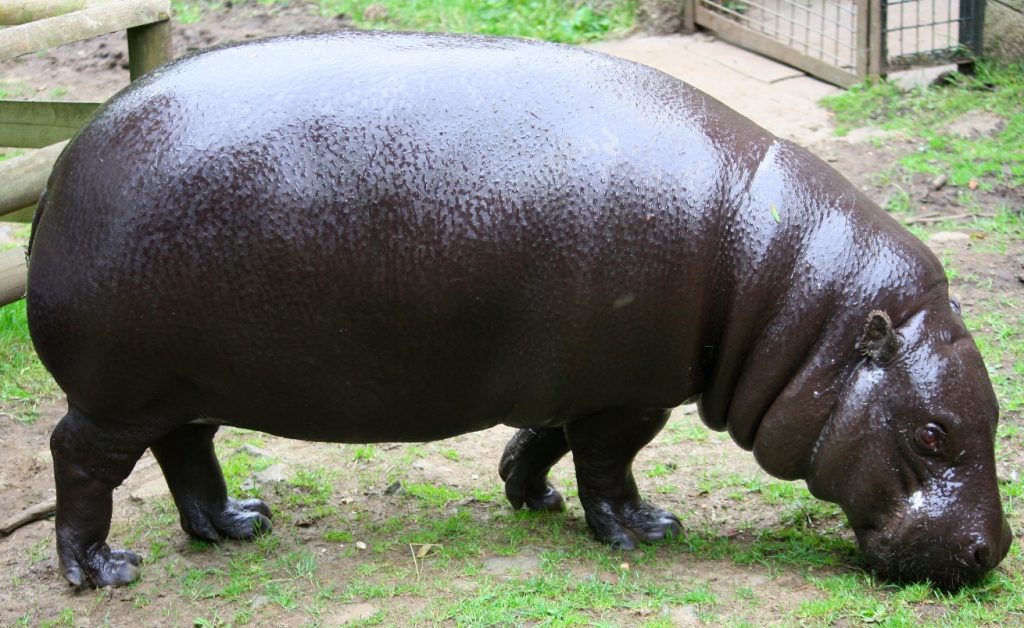Hippopotamus, as a large mammal, is one of the most representative amphibians in the world. Usually, when we refer to “hippopotamus”, we refer to common hippopotamus (Hippopotamus amphibius), but in fact, hippopotamus breeds and populations are also biologically divided differently.
Common hippopotamus is a large animal that lives in African rivers and lakes. Adult hippopotamus can weigh more than 4,000 kilograms. They are mainly herbivorous, have strong chewing ability and special physiological structure adapted to aquatic environment. In addition, hippopotamus can hold their breath for several minutes when they are underwater, which greatly reduces their exposure time and danger in water.
Although the name “hippopotamus” often reminds people of a bulky image, in fact, they are very powerful and flexible. Hippos not only swim freely in water, but can even run fast on land. Their mouths are huge and can open to more than 150 degrees, which is enough to show their strong bite force. This special mouth design makes them occupy an important position in the food chain.
For people who love animals and ecological protection, it is very important to understand the diversity of hippo species and their living habits. If your interest in hippos is not just in books, you might consider placing a Bronze Hippo (a hippo sculpture with a wide open mouth) in your home or office environment to feel their huge aura.

